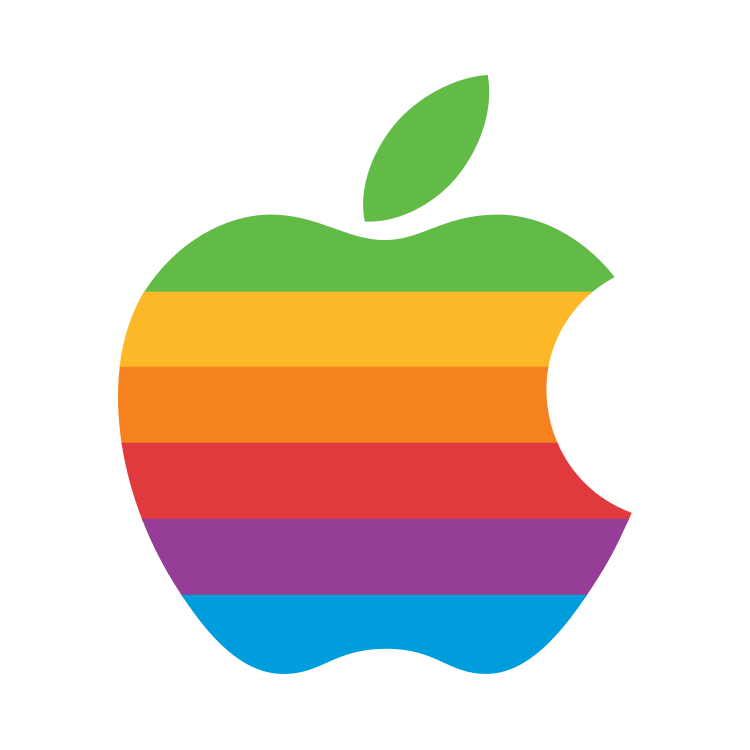The MBA 13 and MBP 14 have very similar working real estate on their displays. See their default scaled resolutions for better understanding.
The MBA 15 and MBP 16 have very similar working real estate on their displays. Again, see their default scaled resolutions for better understanding.
If someone is okay with a smaller working real estate on their display, they should consider a MBA 13 or MBP 14. If they want or need MORE working real estate, they shoud consider a MBA 15 or MBP 16.
It’s a pet-peeve of mine when people look at the price of the MBA 15 and recommend that someone get the MBP 14 instead. They are very different experiences and some people won’t be happy with the smaller working space


Here is my observation from using the 14, 15, and 16. While the MacBook Pro 14” may seem superior on paper, the MacBook Air 15” excels in productivity with its larger screen real estate. Side-by-side windows and a higher resolution make tasks like Zoom meetings and referencing PDFs more comfortable, reducing eye strain. The Air’s extended battery life ensures a full work day, a feature lacking in the MacBook Pro 14”. Additionally, typing on the 14” Pro often leads to palm irritation.
Compared to the MacBook Pro 16”, the MacBook Air 15” balances portability and productivity, making it preferable for various environments. Resale value dynamics reveal that upgrading the 15" doesn’t significantly boost value, while the base 16/512 configuration tends to hold better resale value.
Considering my MacBook Air 15” is used as as a secondary device, features like mini led become less crucial, especially I consume content primarily on my oled tv. The observed bloom effect on mini led is a concern, but my ability to remote into my desktop for additional power supports the practicality of the MacBook Air 15” as an efficient secondary device for your specific use case.